RACER to focus on new autonomy algorithm technologies.




Humans are innately able to adapt their behavior and actions according to the movements of other humans in their surroundings. For instance, human drivers may suddenly stop, slow down, steer or start their car based on the actions of other drivers, pedestrians or cyclists, as they have a sense of which maneuvers are risky in specific scenarios.
However, developing robots and autonomous vehicles that can similarly predict human movements and assess the risk of performing different actions in a given scenario has so far proved highly challenging. This has resulted in a number of accidents, including the tragic death of a pedestrian who was struck by a self-driving Uber vehicle in March 2018.
Researchers at Stanford University and Toyota Research Institute (TRI) have recently developed a framework that could prevent these accidents in the future, increasing the safety of autonomous vehicles and other robotic systems operating in crowded environments. This framework, presented in a paper pre-published on arXiv, combines two tools, a machine learning algorithm and a technique to achieve risk-sensitive control.

Scientists at the University of Hawaii’s Mānoa Institute for Astronomy (IfA) have used AI to produce the world’s largest 3D catalog of stars, galaxies, and quasars.
The team developed the map using an optical survey of three-quarters of the sky produced by the Pan-STARRS observatory on Haleakalā, Maui.
They trained an algorithm to identify celestial objects in the survey by feeding it spectroscopic measurements that provide definitive object classifications and distances.
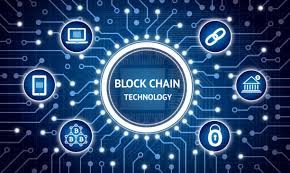
The blockchain revolution, online gaming and virtual reality are powerful new technologies that promise to change our online experience. After summarizing advances in these hot technologies, we use the collective intelligence of our TechCast Experts to forecast the coming Internet that is likely to emerge from their application.
Here’s what learned:
Security May Arrive About 2027 We found a sharp division of opinion, with roughly half of our experts thinking there is little or no chance that the Internet would become secure — and the other half thinks there is about a 60% probability that blockchain and quantum cryptography will solve the problem at about 2027. After noting the success of Gilder’s previous forecasts, we tend to accept those who agree with Gilder.
Decentralization Likely About 2028–2030 We find some consensus around a 60% Probability and Most Likely Year About 2028–2030. The critical technologies are thought to focus on blockchain, but quantum, AI, biometrics and the Internet of things (IoT) also thought to offer localizing capabilities.

The U.S. Defense Intelligence Agency awarded nearly $800 million in contacts to two major defense contractors to improve data storage and network modernization.
The DIA, a military intelligence agency, chose Northrop Grumman to deliver its Transforming All-Source Analysis with Location-Based Object Services (TALOS) program, which focuses on building new big data systems. The contract is worth $690 million. A spokesperson for Northrop Grumman declined to provide the performance period.
The DIA made two awards to Northrop Grumman and GDIT.
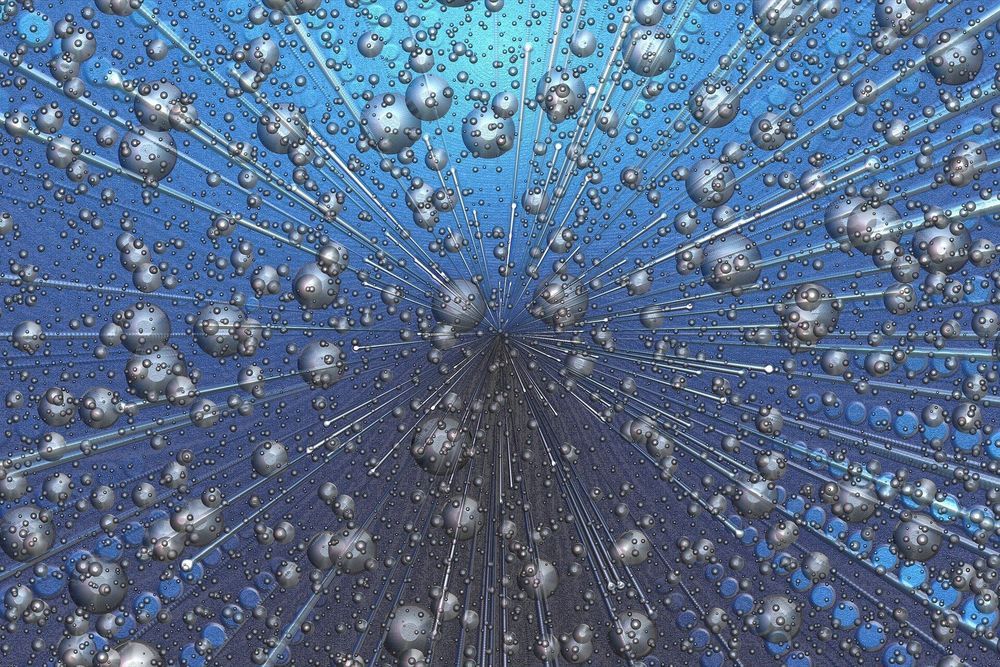
This could be important!
A new algorithm that fast forwards simulations could bring greater use ability to current and near-term quantum computers, opening the way for applications to run past strict time limits that hamper many quantum calculations.
“Quantum computers have a limited time to perform calculations before their useful quantum nature, which we call coherence, breaks down,” said Andrew Sornborger of the Computer, Computational, and Statistical Sciences division at Los Alamos National Laboratory, and senior author on a paper announcing the research. “With a new algorithm we have developed and tested, we will be able to fast forward quantum simulations to solve problems that were previously out of reach.”
Computers built of quantum components, known as qubits, can potentially solve extremely difficult problems that exceed the capabilities of even the most powerful modern supercomputers. Applications include faster analysis of large data sets, drug development, and unraveling the mysteries of superconductivity, to name a few of the possibilities that could lead to major technological and scientific breakthroughs in the near future.
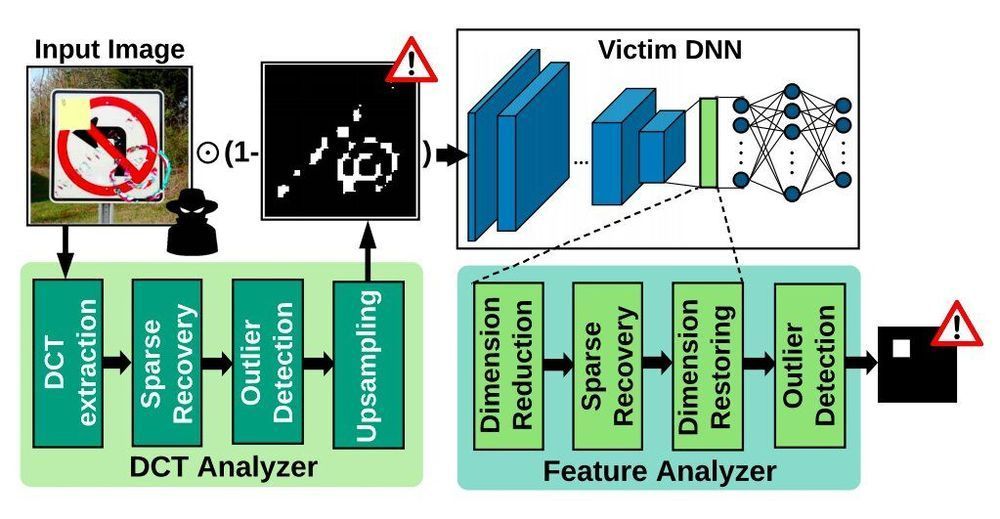
With artificial intelligence (AI) tools and machine learning algorithms now making their way into a wide variety of settings, assessing their security and ensuring that they are protected against cyberattacks is of utmost importance. As most AI algorithms and models are trained on large online datasets and third-party databases, they are vulnerable to a variety of attacks, including neural Trojan attacks.
A neural Trojan attack occurs when an attacker inserts what is known as a hidden Trojan trigger or backdoor inside an AI model during its training. This trigger allows the attacker to hijack the model’s prediction at a later stage, causing it to classify data incorrectly. Detecting these attacks and mitigating their impact can be very challenging, as a targeted model typically performs well and in alignment with a developer’s expectations until the Trojan backdoor is activated.
Researchers at University of California, San Diego have recently created CLEANN, an end-to-end framework designed to protect embedded artificial neural networks from Trojan attacks. This framework, presented in a paper pre-published on arXiv and set to be presented at the 2020 IEEE/ACM International Conference on Computer-Aided Design, was found to perform better than previously developed Trojan shields and detection methods.
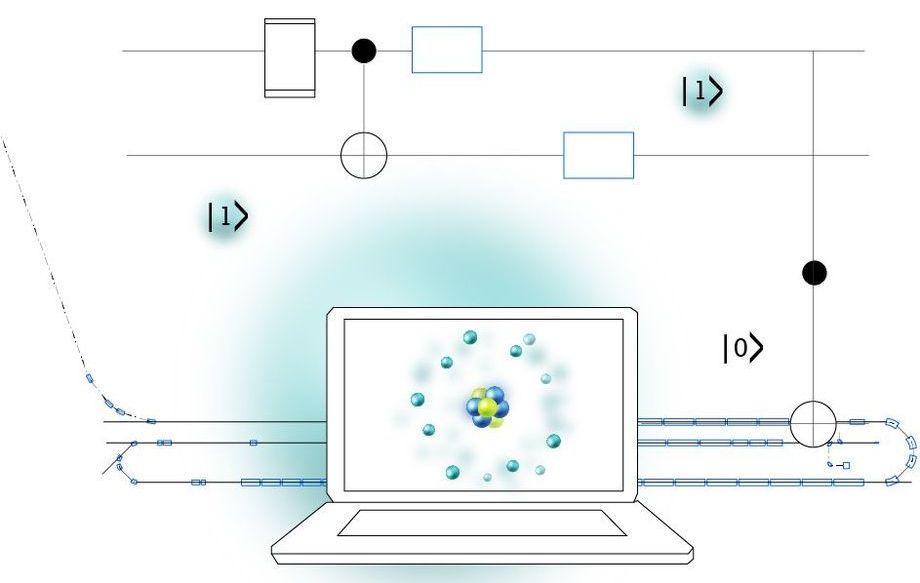
Quantum mechanics, the physics of atoms and subatomic particles, can be strange, especially compared to the everyday physics of Isaac Newton’s falling apples. But this unusual science is enabling researchers to develop new ideas and tools, including quantum computers, that can help demystify the quantum realm and solve complex everyday problems.
That’s the goal behind a new U.S. Department of Energy Office of Science (DOE-SC) grant, awarded to Michigan State University (MSU) researchers, led by physicists at Facility for Rare Isotope Beams (FRIB). Working with Los Alamos National Laboratory, the team is developing algorithms – essentially programming instructions – for quantum computers to help these machines address problems that are difficult for conventional computers. For example, problems like explaining the fundamental quantum science that keeps an atomic nucleus from falling apart.
The $750,000 award, provided by the Office of Nuclear Physics within DOE-SC, is the latest in a growing list of grants supporting MSU researchers developing new quantum theories and technology.
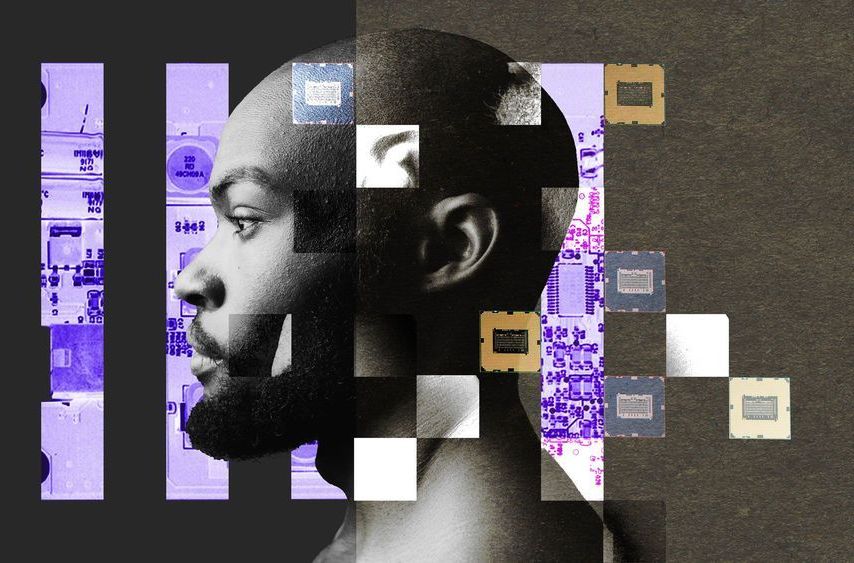
Imagine if your manager could know whether you actually paid attention in your last Zoom meeting. Or, imagine if you could prepare your next presentation using only your thoughts. These scenarios might soon become a reality thanks to the development of brain-computer interfaces (BCIs).
To put it in the simplest terms, think of a BCI as a bridge between your brain and an external device. As of today, we mostly rely on electroencephalography (EEG) — a collection of methods for monitoring the electrical activity of the brain — to do this. But, that’s changing. By leveraging multiple sensors and complex algorithms, it’s now becoming possible to analyze brain signals and extract relevant brain patterns. Brain activity can then be recorded by a non-invasive device — no surgical intervention needed. In fact, the majority of existing and mainstream BCIs are non-invasive, such as wearable headbands and earbuds.
The development of BCI technology was initially focused on helping paralyzed people control assistive devices using their thoughts. But new use cases are being identified all the time. For example, BCIs can now be used as a neurofeedback training tool to improve cognitive performance. I expect to see a growing number of professionals leveraging BCI tools to improve their performance at work. For example, your BCI could detect that your attention level is too low compared with the importance of a given meeting or task and trigger an alert. It could also adapt the lighting of your office based on how stressed you are, or prevent you from using your company car if drowsiness is detected.